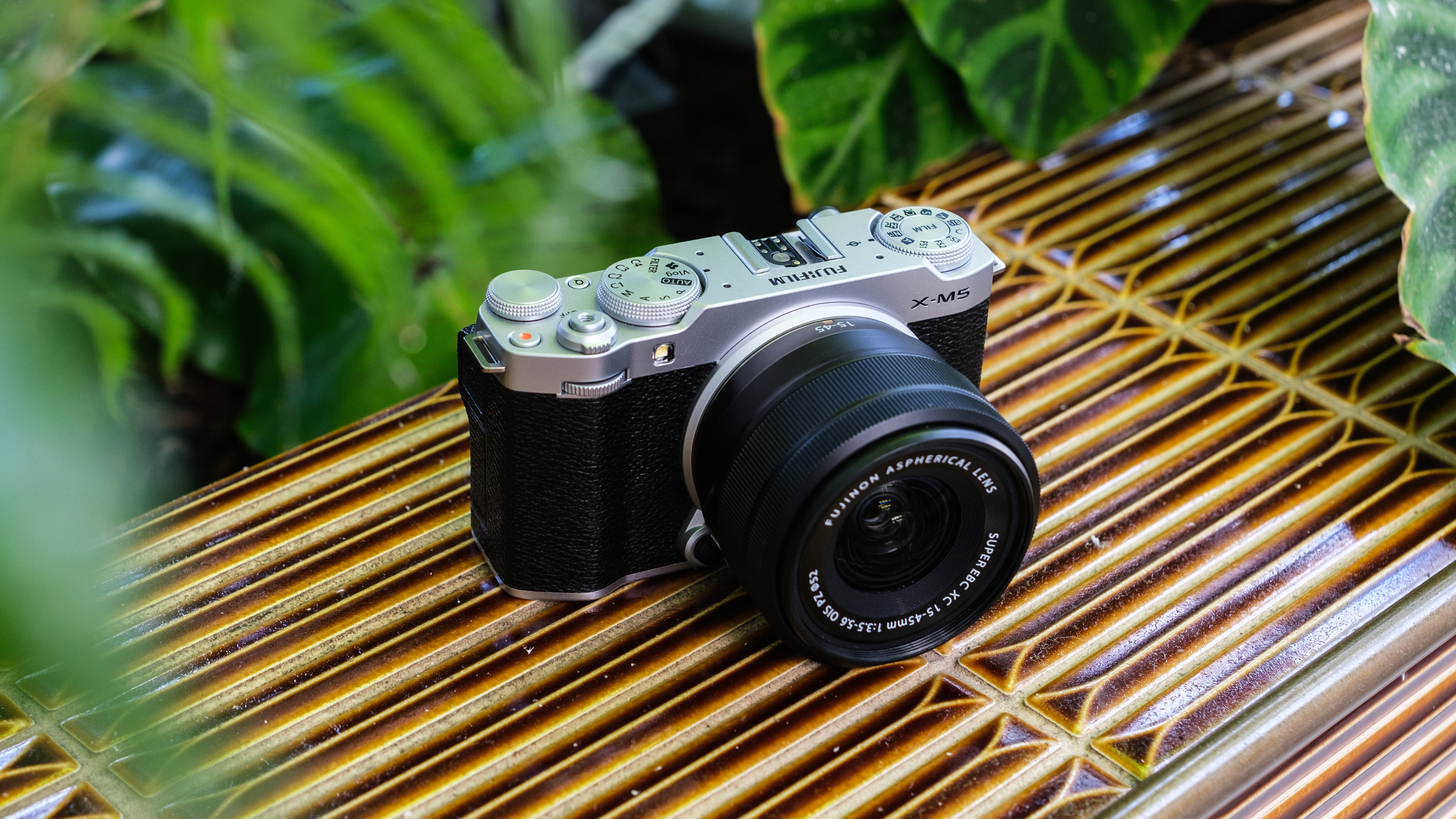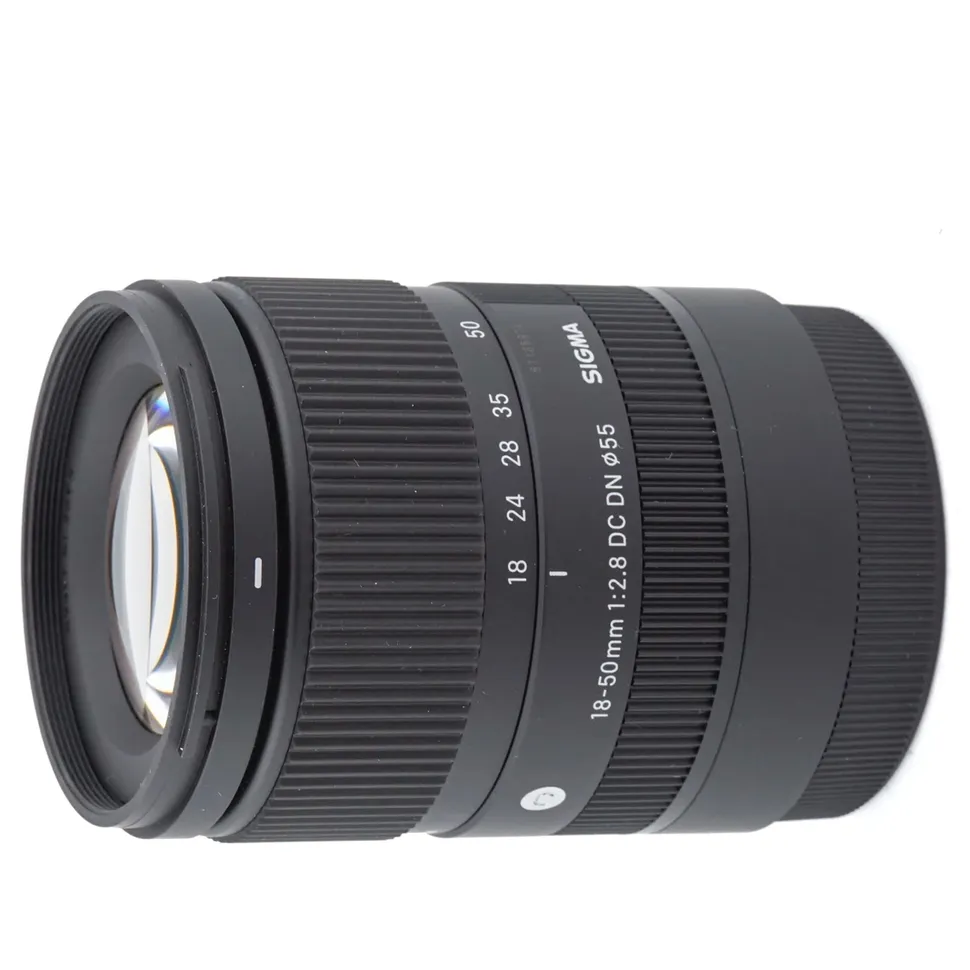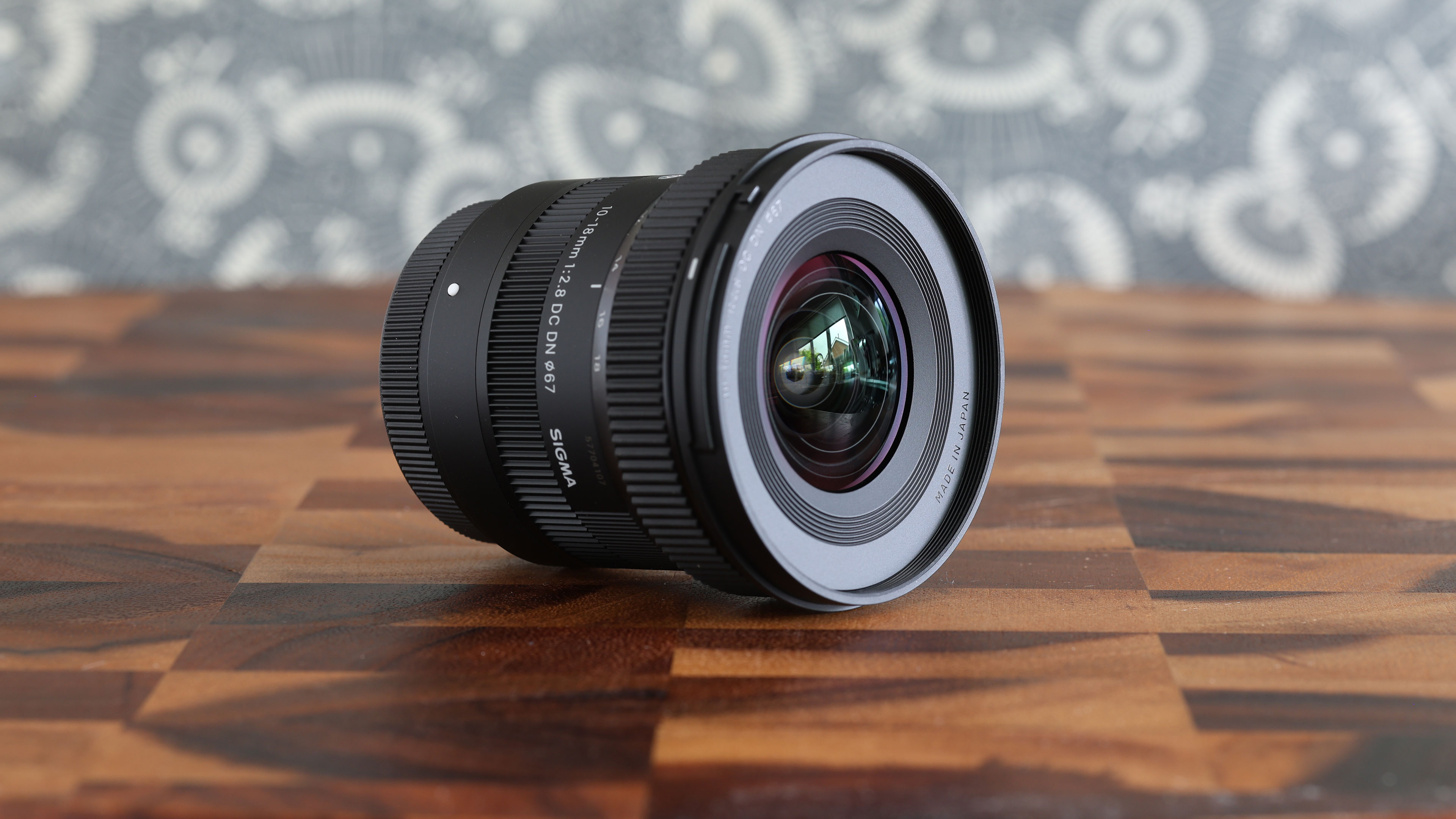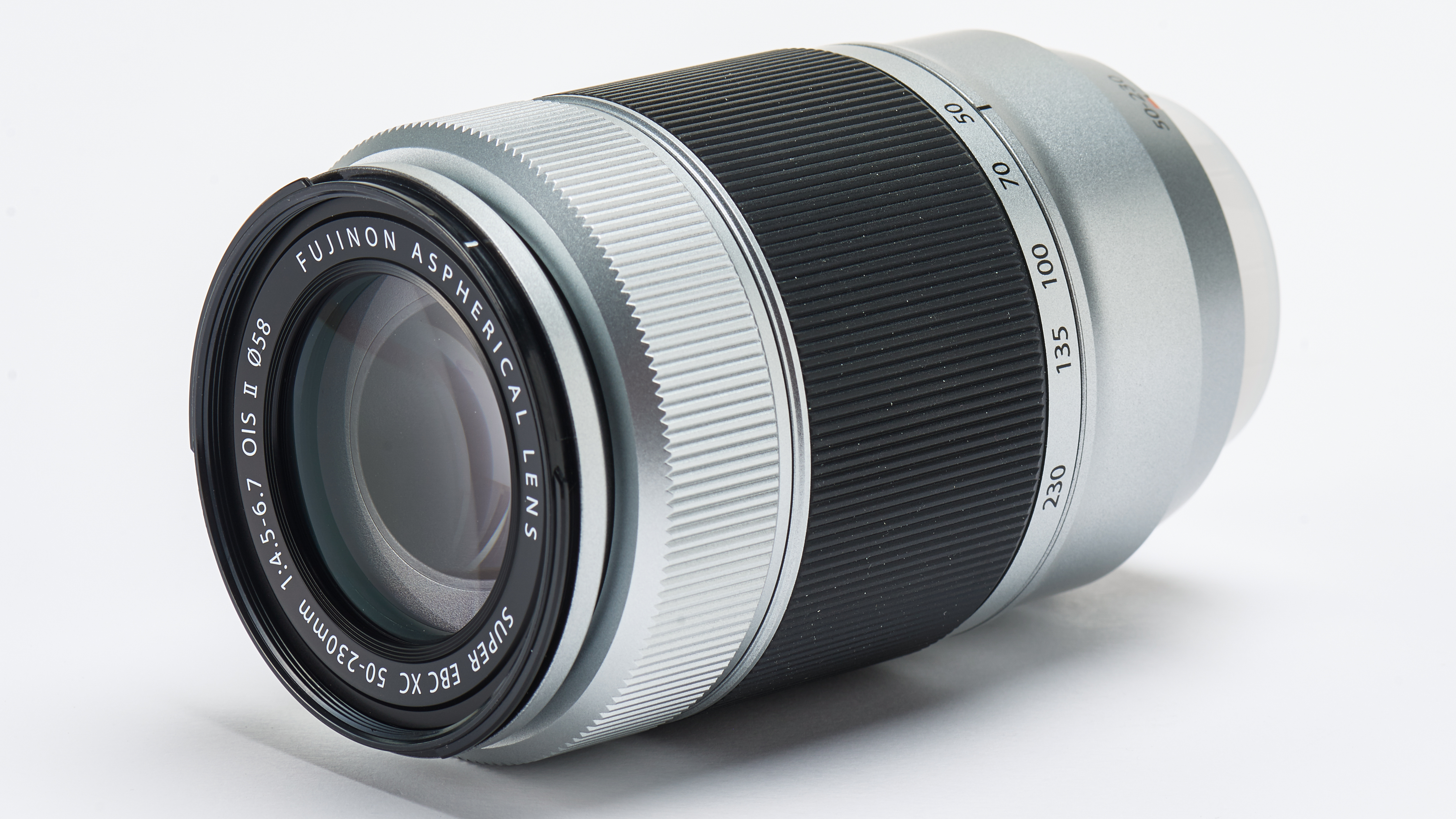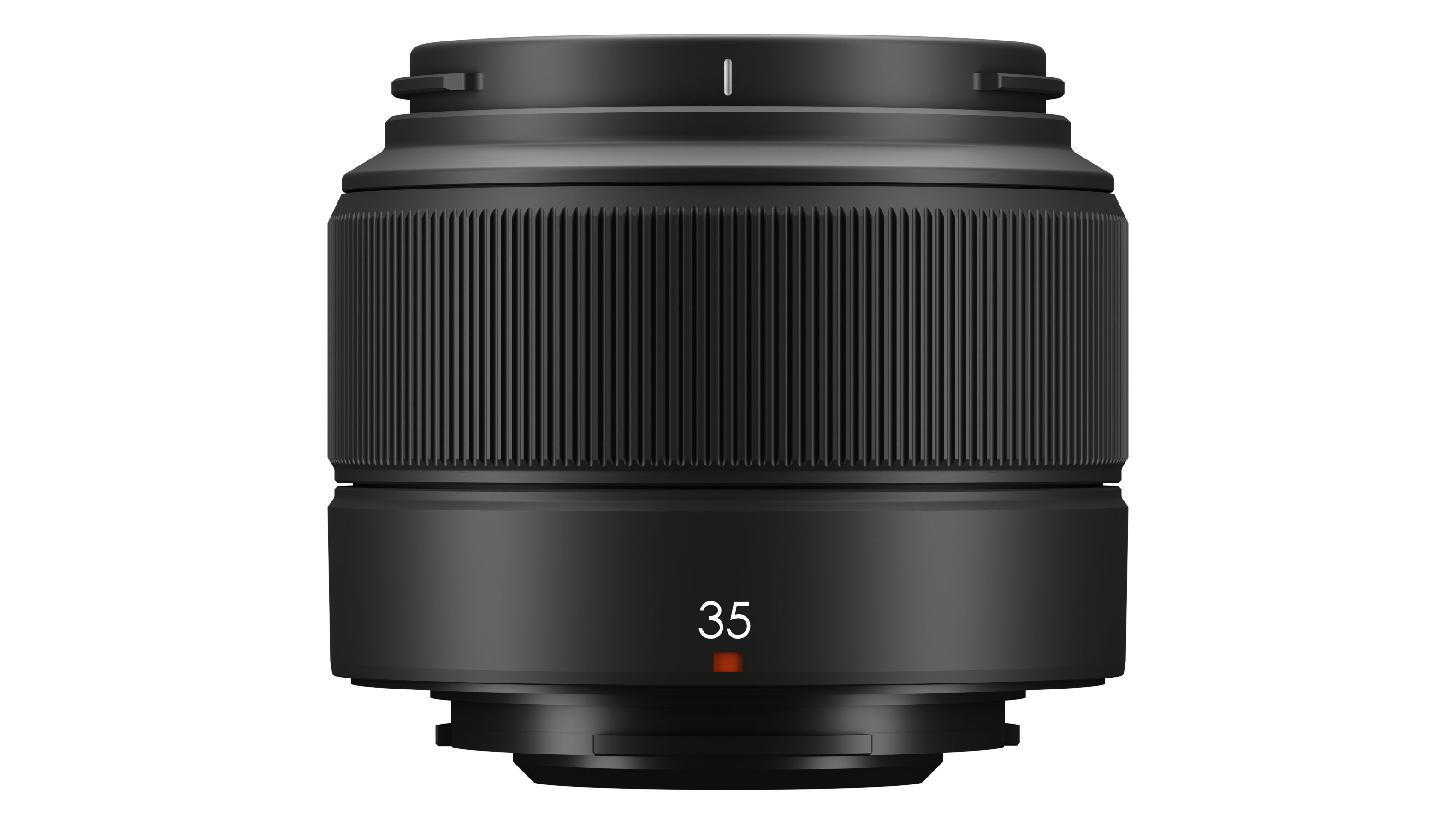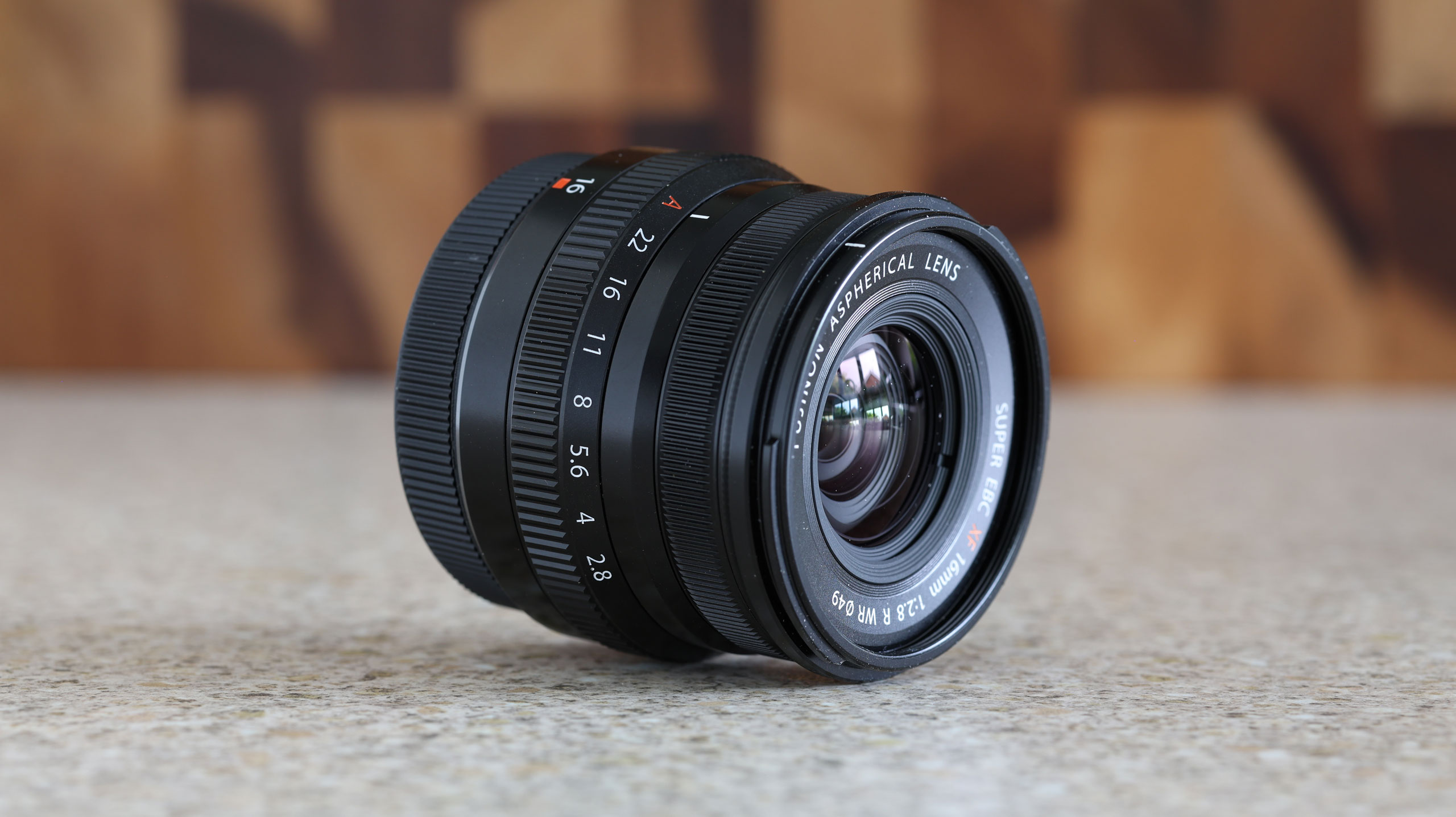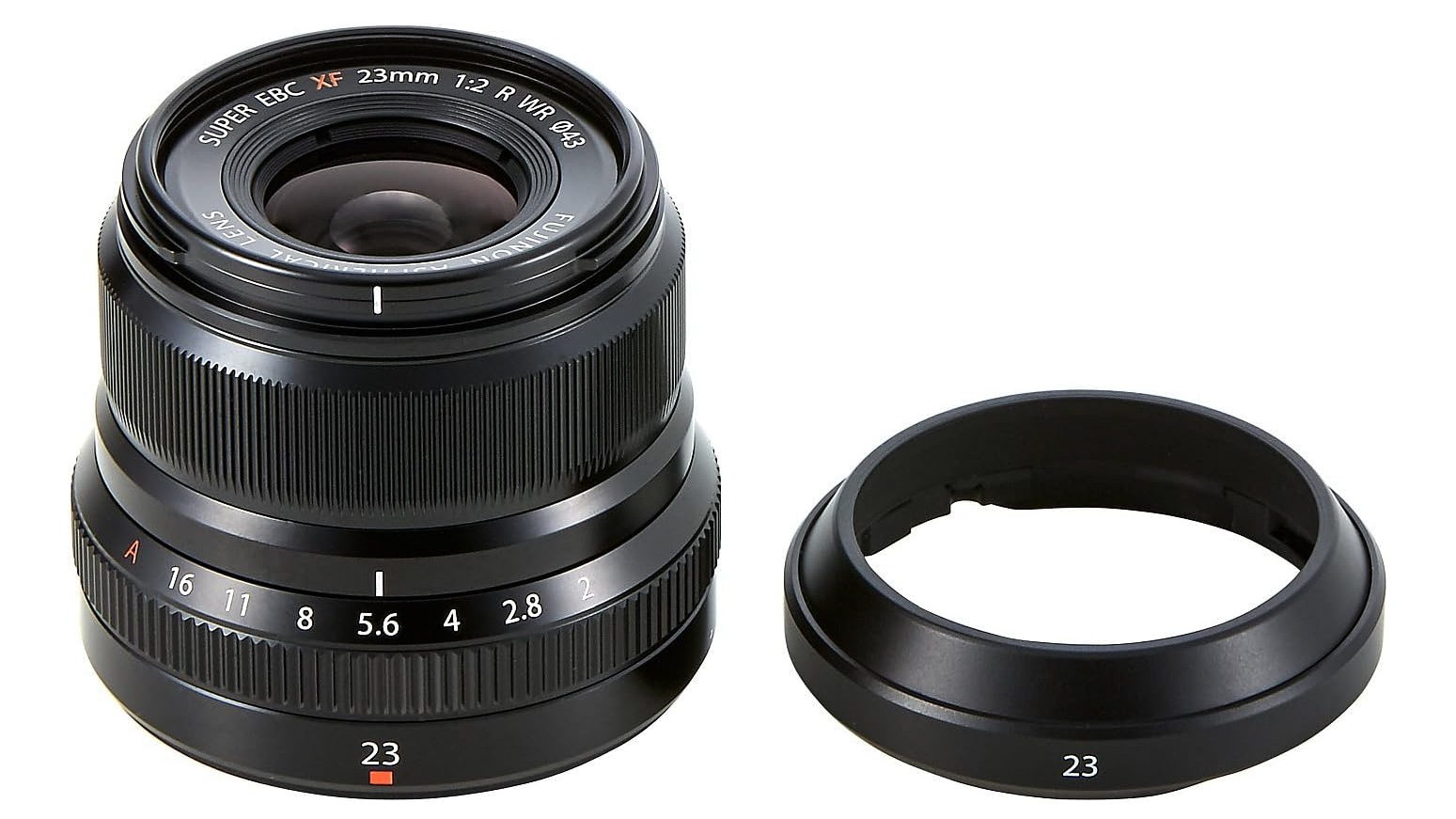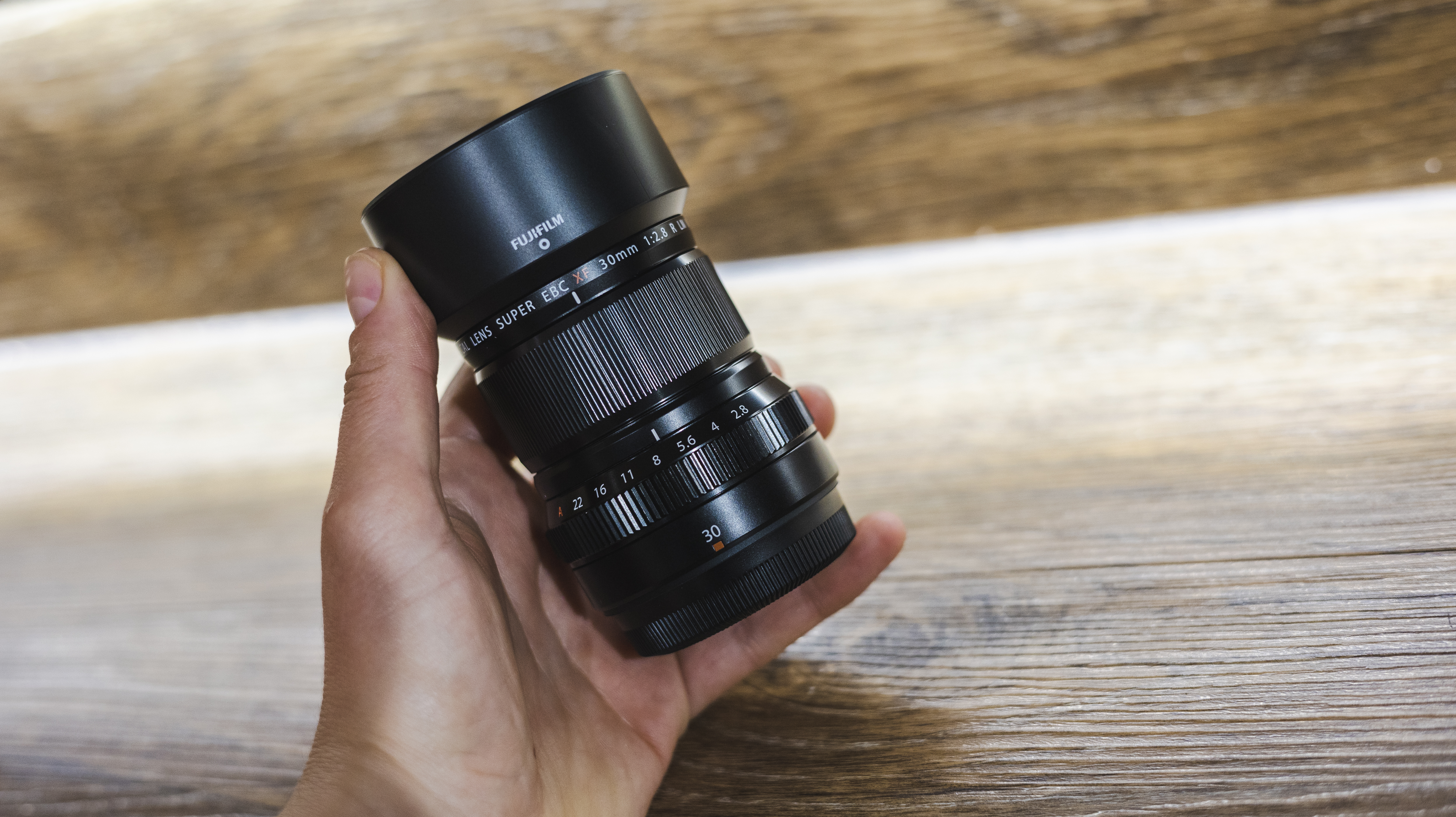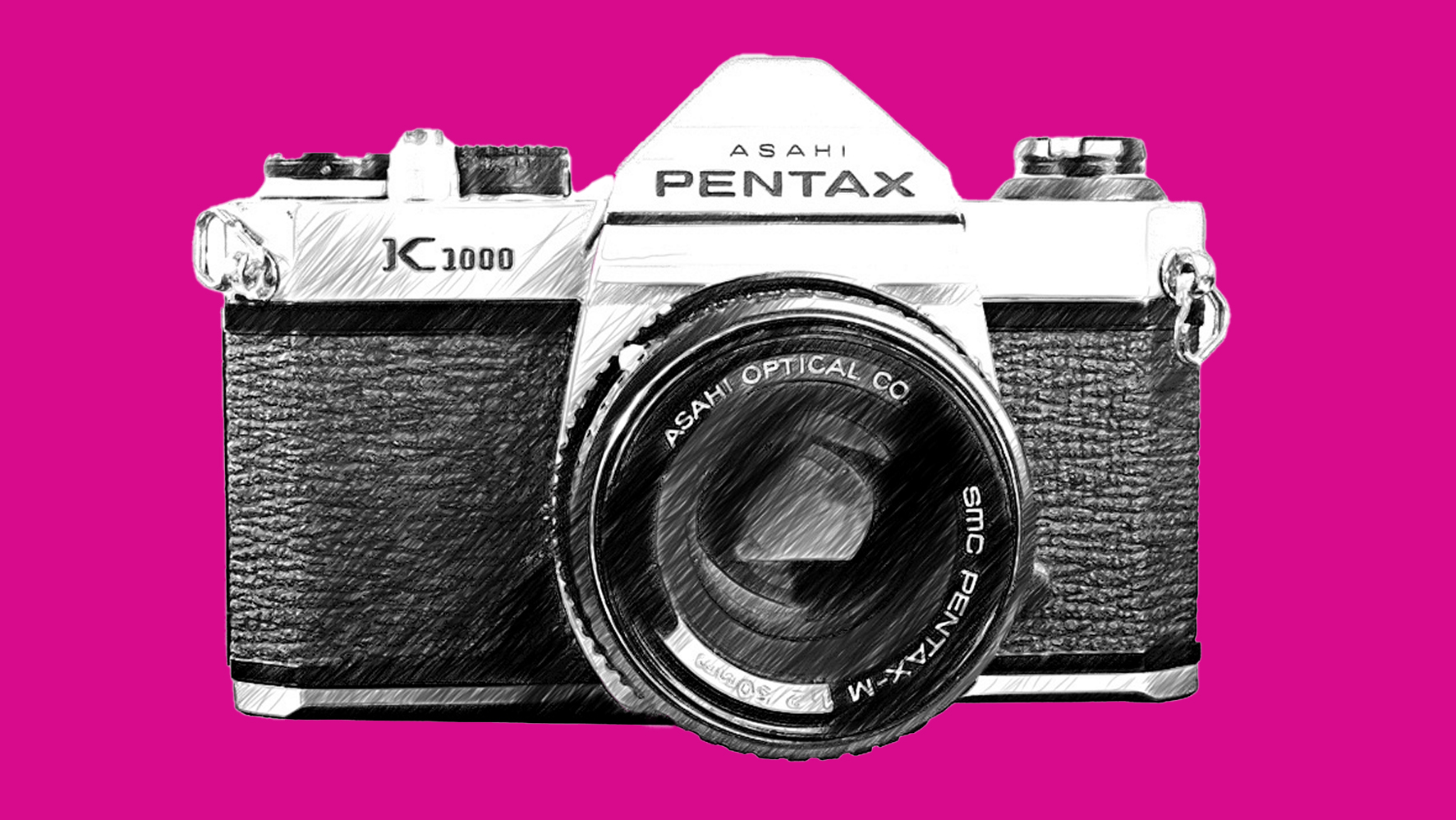The best lenses for the Fujifilm X-M5: smart glass for hybrid shooting
I choose the best lenses for the Fujifilm X-M5 based on size weight and cost, key factors for Fujifilm’s popular hybrid camera
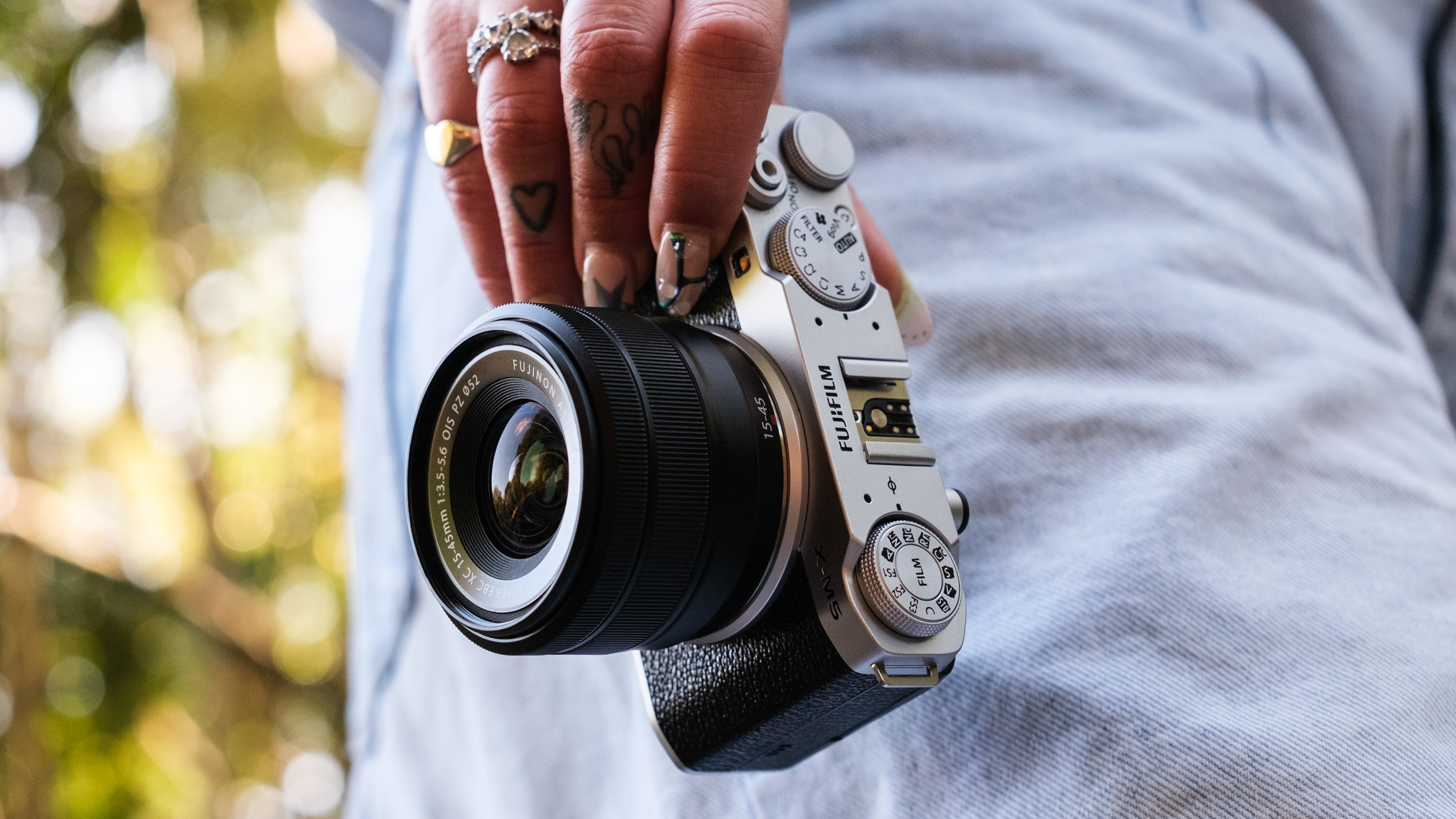
The Fujifilm X-M5 looks like the perfect starter camera for a new generation of vloggers and hybrid content creators. You can use it both as a regular, high-quality stills camera and as a powerful video camera, where it has video capture features normally found on far more expensive cameras.
The Fujifilm X-M5 looks set to become one of the best cameras for beginners and even one of the best hybrid cameras. It’s also very affordable, and I’ve taken that into account in this guide as I favor cheaper but still effective lenses to match likely users’ budgets. After all, many of the best Fujifilm lenses are heavy, expensive professional lenses designed more for Fujifilm’s larger and more advanced cameras.
I’ve also paid special attention to weight. The X-M5 could be one of the best travel cameras to get right now, but that’s not going to help if you have to drag along big, heavy lenses.
The Quick List
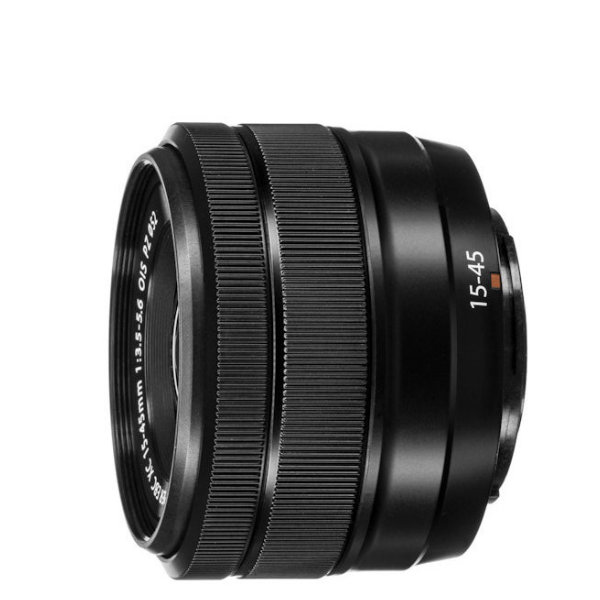
Compact yet versatile, I love this lens’s dual-speed power zoom which is great for video, plus optical image stabilization. It’s a really neat everyday lens.
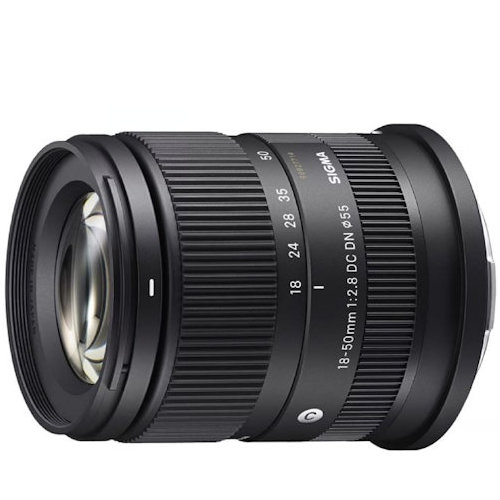
Surprisingly compact and lightweight considering its constant f/2.8 aperture, this Sigma Contemporary lens has an ‘effective’ zoom range of 27-75mm, ideal for the everyday.
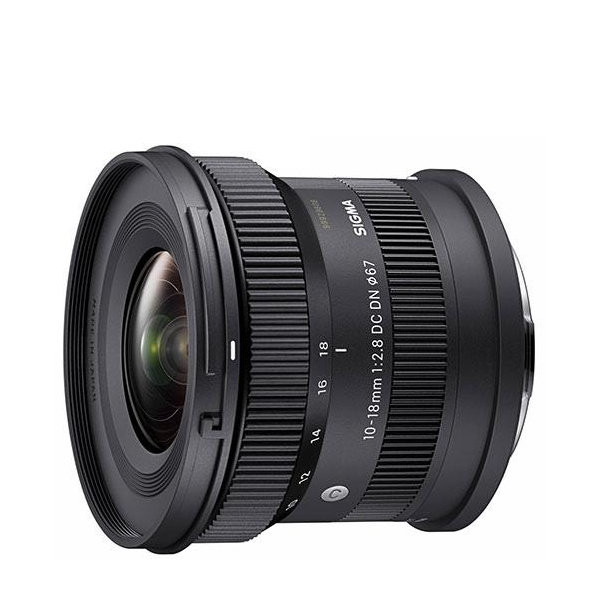
From Sigma’s ‘Contemporary’ line-up, this ultra-wide-angle zoom is designed to be compact and affordable, but still delivers huge viewing angles and a constant f/2.8 aperture.
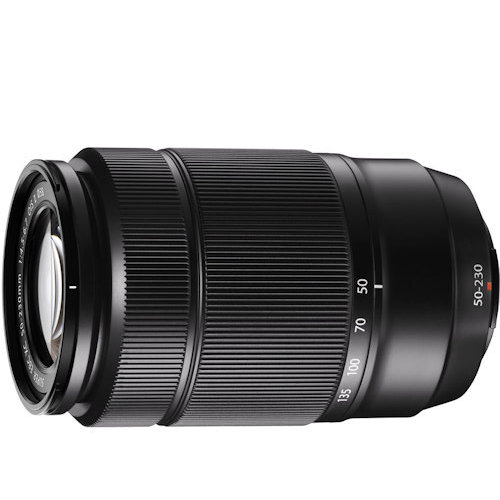
Available in black or silver, this lightweight and competitively priced telephoto zoom has powerful reach, with a full-frame equivalence of 76-350mm.
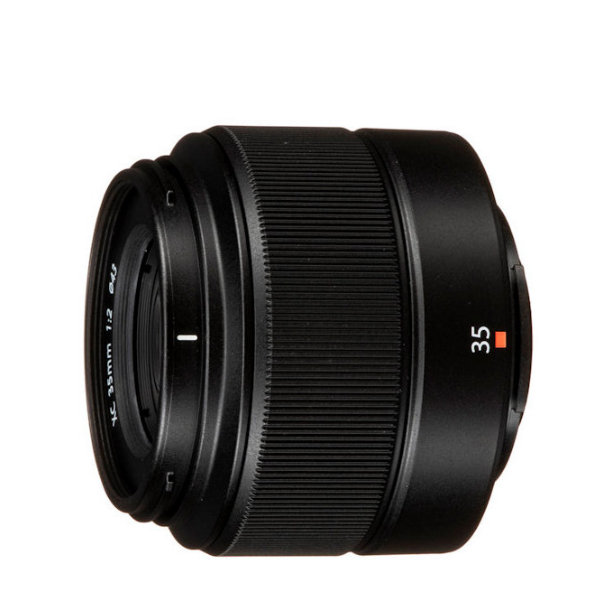
Simple yet stylish, this lens combines a natural perspective similar to that of a 50mm prime on a full-frame camera, with a quick f/2 aperture rating.

I really like using 24mm lenses on full-frame cameras and this prime gives the same field of view on X-system bodies, with a fairly fast f/2.8 aperture and compact build.
View the full list ⤵
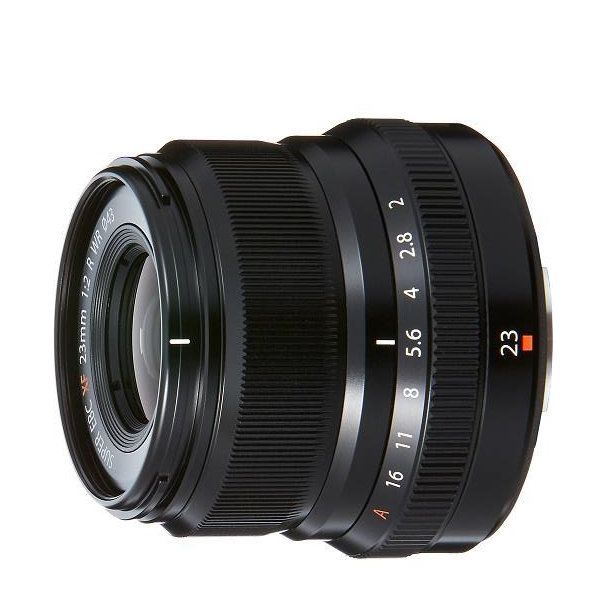
Small but fast, this f/2 prime lens has an effective focal length of 35mm, making it an ideal option for street photography and general shooting.
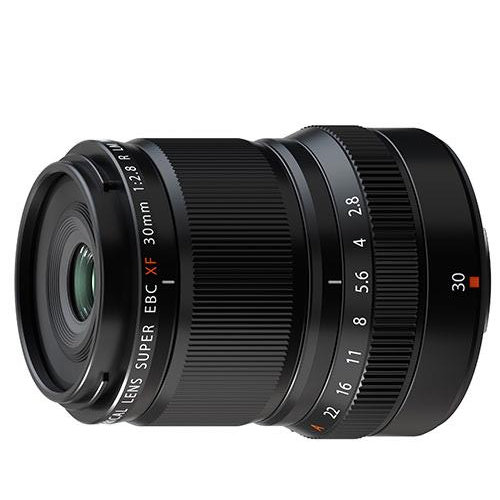
For detailed shots of tiny objects, this lens delivers a full 1.0x magnification factor at its closest focus distance of 3.9 inches. I like its fast linear stepping motor autofocus as well.
Best lenses for the Fujifilm X-M5
Why you can trust Digital Camera World
Best everyday lens for the X-M5
Specifications
Reasons to buy
Reasons to avoid
The Fujinon XC 15-45mm f/3.5-5.6 OIS PZ is the standard kit lens offering with the X-M5, but if you bought the camera body-only, it’s still worth considering as a separate purchase because even though it does feel a bit lightweight, as you would expect at this price, it does have some strong features. These include an unusually ‘wide’ 22.5-67.5mm equivalent zoom range and in-built optical stabilization, which is handy given that the X-M5 doesn’t have IBIS. The zoom is electrically operated, which might be a bit of a nuisance for stills photography, but really comes into its own when you’re filming video. The edge sharpness of this lens isn’t brilliant – you wouldn’t expect it to be at this price – but the sharpness across most of the frame is really very good.
Read our full Fujfilm XC 15-45mm f/3.5-5.6 OIS PZ review
Features ★★★★☆ | Attractive features include optical image stabilization and motorized zoom. |
Design ★★★★☆ | The retractable design keeps stowage size to a minimum but there are no weather-seals. |
Performance ★★★★☆ | It’s mostly good in terms of performance but edge-sharpness could be better. |
Value ★★★★☆ | It’s not the fanciest Fujifilm standard zoom lens but that’s reflected in the competitive price. |
Best fast zoom for the X-M5
Specifications
Reasons to buy
Reasons to avoid
If you want a premium quality standard zoom for the X-M5, then you might think the Fujinon 16-50mm F/2.8-4.8 R LM introduced with the Fujifilm X-T50 might be a good match. And so it is, though I think the Sigma 18-50mm f/2.8 DC DN Contemporary is a more interesting alternative. You sacrifice a little ‘width’ at the wide-angle end of the zoom range, but it offers a constant f/2.8 maximum aperture throughout and it’s not that expensive to buy. The best news for Fujifilm X-M5 owners is that it’s very compact and light, so it balances well on the smaller body, but it’s also nicely made and handles beautifully. It doesn’t have an aperture ring, but that’s less important on the X-M5, which has a regular mode dial rather than external exposure controls.
Read our full Sigma 18-50mm f/2.8 DC DN Contemporary review



Features ★★★★☆ | The fast and constant f/2.8 aperture is the killer feature but the lens is built to be compact and lightweight so there aren’t many extras. |
Design ★★★★★ | Although small and light, the lens feels sturdy and well built. It feels right at home on slimline Sony bodies. |
Performance ★★★★☆ | There’s a good mix of sharpness and smooth bokeh, although edge-sharpness could be better at long zoom settings when shooting wide-open. |
Value ★★★★☆ | It’s the kind of lens that you could happily use as your ‘go to’ for everyday shooting, making it very good value at the price. |
Best wide-angle zoom for the X-M5
Specifications
Reasons to buy
Reasons to avoid
It generally won’t be long before you start looking for a wider angle of view than the regular standard zoom or kit lens can provide, and while Fujifilm does make an XF 10-24mm f4 R OIS WR lens, this is pretty expensive and quite big and heavy. The Sigma 10-18mm f/2.8 DC DN Contemporary, by contrast, is considerably lighter and cheaper and offers a faster f/2.8 maximum aperture. The zoom range is a little short compared the the Fujinon 10-24mm, so there’s less crossover with a standard zoom, but this does mean that the lens itself is remarkably compact and light. Optically, it’s a good deal better than the Fujinon lens too, though it doesn’t have a physical aperture ring or optical stabilization. Its size and weight alone make it the perfect super-wide zoom for the X-M5, though.
Read our full Sigma 10-18mm f/2.8 DC DN Contemporary review
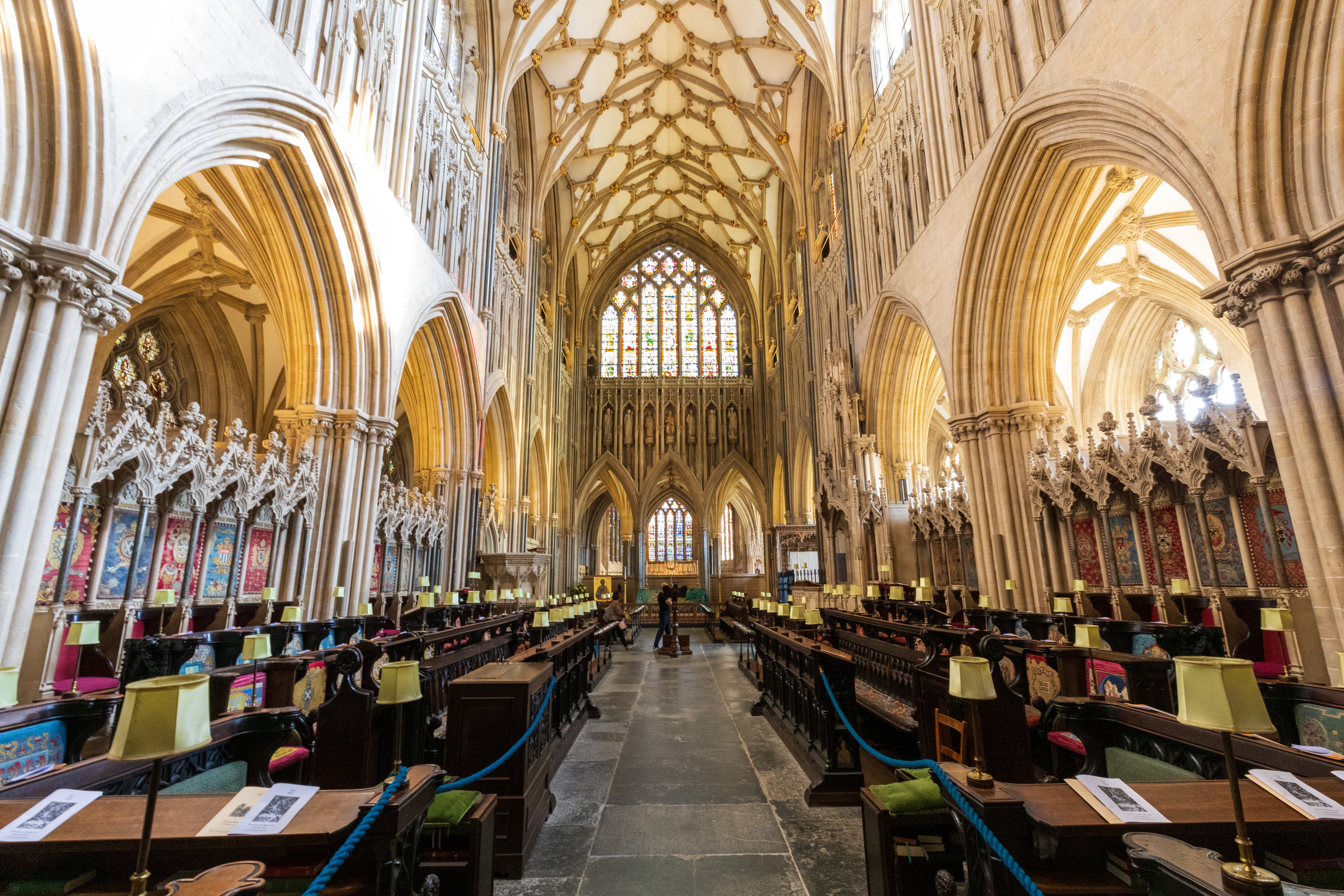



Features ★★★★☆ | The fast and constant f/2.8 aperture puts astrophotography on this lens’s ‘can do’ list, along with landscapes and the like, but there’s no optical stabilization. |
Design ★★★★★ | The lens is refreshingly compact and lightweight for an ultra-wide-angle zoom with an f/2.8 aperture. |
Performance ★★★★☆ | Sharpness is superb across most of the image frame, throughout the entire zoom range, not so great in the extreme edges and corners. |
Value ★★★★★ | The combination of size, constant f/2.8 aperture and super-slick handling make the value unbeatable. |
Best telephoto zoom for the X-M5
Specifications
Reasons to buy
Reasons to avoid
You’re probably not going to choose a camera like the Fujifilm X-M5 for sports or wildlife photography, but if you do fancy a bit of occasional long-range photography, there’s probably no better lens for the job. The ‘XC’ in the name means that it’s one of Fujifilm’s more cost-conscious budget offerings, so it does have a plasticky feel (whether you buy the black or the silver version) and you get a plastic rather than a metal mounting plate. But don’t let that put you off, because you get decent optical performance, optical image stabilization and a huge amount of telephoto ‘reach’ for the money. It’s not the sharpest zoom on the market, but it’s easily good enough for casual use. It’s also light enough to carry around in your camera bag, just in case you need it.
Read our full Fujifilm XC 50-230mm f/4.5-6.7 OIS II review
Features ★★★★☆ | The generous zoom range equates to 76-350mm in full-frame terms and there’s optical image stabilization. |
Design ★★★☆☆ | The lens is super compact and lightweight but has a plastic mounting plate and no weather-seals. |
Performance ★★★☆☆ | In our tests, we found that overall performance was pretty good but sharpness could be better. |
Value ★★★★☆ | It’s certainly an affordable telephoto zoom, making it good value for money. |
Best standard prime for the X-M5
Specifications
Reasons to buy
Reasons to avoid
The Fujinon XC 35mm f/2 is a budget lens that actually shares the same optics as the more expensive XF 35mm f/2 version, so that while it does have a plasticky feel and a plastic rear mounting plate – and no physical aperture ring – it’s optically very good indeed. So if you do want to try your hand at photography with a fast prime lens, then this is a super-cheap way to get into it. The 35mm focal length is equivalent to about 53mm in full frame terms, so this is a classic ‘nifty fifty’ to pair up with your X-M5. Not only that, with a weight of just 130g, you’ll hardly know you’re carrying it.
Read our full Fujifilm XC 35mm f/2 review
Best wide-angle prime for the X-M5
Specifications
Reasons to buy
Reasons to avoid
If you want a compact little walk-around lens for your X-M5, then the Fujinon XF 16mm f/2.8 R WR is ideal. It’s small and light, but its metal construction and physical aperture ring give it a really classy feel. It’s also ideal of you like using lens apertures creatively and enjoy using a physical aperture ring. The focal length of 16mm works out at an effective 24mm in full frame camera terms, so this is a wide-angle lens – but then if you’re stepping up from a smartphone, then the angle of view is about the same as most smartphones’ main cameras. The maximum aperture of f/2.8 is adequate rather than great for background blur and low light shooting, though, and while the center of the frame is nice and crisp and sharp, the detail rendition does fall away a little towards the edges.
Read our full Fujifilm XF 16mm f/2.8 R WR review




Features ★★★★☆ | This lens's maximum aperture of f/2.8 is on the low side, but its physical aperture ring and weather sealed construction are major plus points. |
Design ★★★★★ | The XF16mm F2.8's key attribute is its size. It's compact enough for any travel setup and balances well on any X-mount body. |
Performance ★★★★☆ | The optical performance is generally very good, but definition does fall away at the edges somewhat, and this is very noticeable on Fujifilm's newer 40MP cameras. |
Value ★★★★☆ | This is not an expensive lens, and yet the finish and the controls are first rate. The specs might be modest, but it's great value. |
Best street prime for the X-M5
Specifications
Reasons to buy
Reasons to avoid
The Fujinon XF 23mm f/2 R WR is another of Fujifilm’s compact prime lenses released in the early days of the X-mount system. There is a newer Fujinon XF23mm F1.4 R LM WR lens that’s a whole f-stop faster, but this is a much larger and more expensive professional lens. The appeal of the smaller version featured here is its much smaller size and lower cost – it’s the perfect match for the compact X-M5. the 23mm focal length is equivalent to around 34.5mm in full frame terms, so this is the classic focal length for street photography, and many photographers prefer its semi-wide angle of view as a ‘standard’ everyday lens rather than the traditional 50mm lens. The Fujinon XF 23mm f/2 R WR is light to carry but beautifully made and a delight to use.
Read our full Fujifilm XF 23mm f/2 R WR review
Features ★★★★★ | The equivalent 35mm focal length is a favorite and the lens sports an aperture control ring but no optical stabilizer. |
Design ★★★★☆ | Build quality feels very solid, despite the compact and lightweight build, and includes weather-seals. |
Performance ★★★★★ | This lens is impressively sharp across the whole image frame, even wide-open at f/2. |
Value ★★★★☆ | It’s naturally not as ‘fast’ as the XF 23mm f/1.4 but is very good value at the price. |
Best macro for the X-M5
Specifications
Reasons to buy
Reasons to avoid
For many photographers a good macro lens is just as important as a telephoto or wide-angle zoom. Macro lenses let you focus much closer than normal so are ideal for insects and other small-scale natural history subjects. The Fujinon XF 30mm f/2.8 R LM WR Macro has a fairly short 45mm equivalent focal length, so you will be shooting a little closer to your subjects than with a more common 60mm or 90mm macro lens, but that’s not always an issue and the advantage of this lens is its very compact size. The beauty of macro lenses like this one is that you can also use them for everyday photography, and this one would make an ideal ‘nifty fifty if you don’t mind a maximum aperture of f/2.8 rather than the usual f/2 or f/1.4.
Read our full Fujifilm XF 30mm f/2.8 R LM WR Macro review

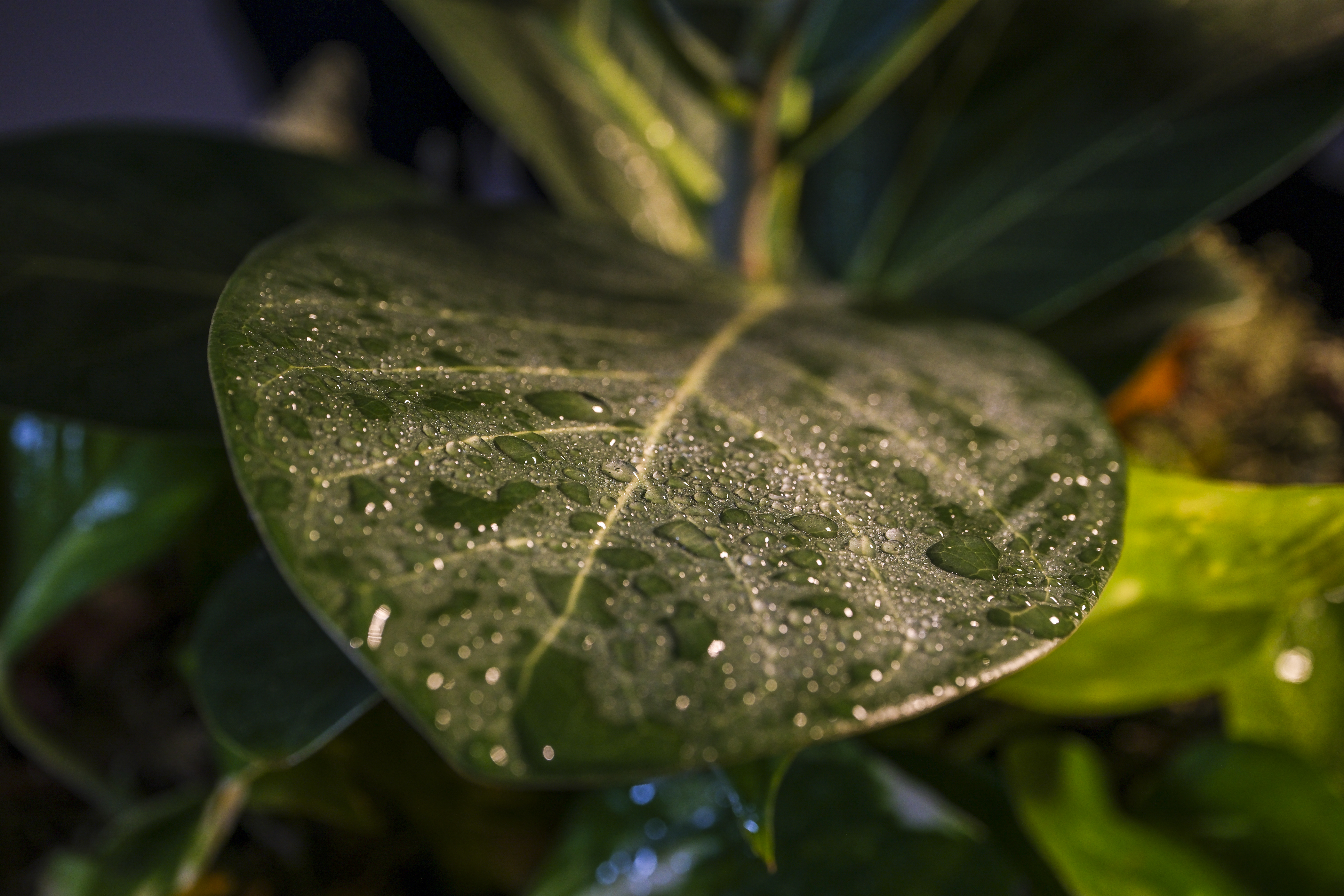


Lab data and comparisons
The graphs below show the comparative performance of the lenses in this guide, based on our in-house lab tests. There’s not a great amount of variance in terms of sharpness but, unsurprisingly, the Fujifilm XF prime lenses draw slightly ahead of the others. Averaged out over the zoom range, the zoom lenses score well for overall distortion and automatic in-camera correction is available anyway, as it is for color fringing.
Scores for sharpness and color fringing are averaged from data taken across the entire image frame, from the center to the edges and corners, throughout the aperture range. For zoom lenses, the scores are also averaged from data measured at all marked focal lengths, and the same applies to distortion. Bear in mind that these average values don't fully reflect specific areas of performance. For example, a zoom lens might have noticeable barrel and pincushion distortion at its shortest and longest focal lengths respectively, which tends to average out when looking at the data overall. For more detailed graphs of each lens's performance, which give the full picture, check out the graphs in our full standalone lens reviews.
How we test lenses
The lens experts in our testing lab run a range of tests under controlled conditions, using the Imatest Master testing suite. Photos of test charts are taken across the range of apertures and zooms (where available), then analyzed for sharpness, distortion and chromatic aberrations.
We use Imatest SFR (spatial frequency response) charts and analysis software to plot lens resolution at the centre of the image frame, corners and mid-point distances, across the range of aperture settings and, with zoom lenses, at four different focal lengths.
There's more to it than just the technical side, though! Beyond the lab, our reviewers test lenses in real-world environments – and sometimes on professional shoots! We work with lenses both indoors and outdoors, in studio conditions and in natural light, with as many different subjects as is possible (or appropriate – there's no point testing a landscape lens' ability to shoot a portrait!).
We take into account everything from handling and ease of use to speed of autofocus and the overall quality of the images produced.
Find out more about how we test and review on Digital Camera World
The best camera deals, reviews, product advice, and unmissable photography news, direct to your inbox!

Rod is an independent photography journalist and editor, and a long-standing Digital Camera World contributor, having previously worked as DCW's Group Reviews editor. Before that he has been technique editor on N-Photo, Head of Testing for the photography division and Camera Channel editor on TechRadar, as well as contributing to many other publications. He has been writing about photography technique, photo editing and digital cameras since they first appeared, and before that began his career writing about film photography. He has used and reviewed practically every interchangeable lens camera launched in the past 20 years, from entry-level DSLRs to medium format cameras, together with lenses, tripods, gimbals, light meters, camera bags and more. Rod has his own camera gear blog at fotovolo.com but also writes about photo-editing applications and techniques at lifeafterphotoshop.com
- Gareth BevanReviews Editor
- Matthew Richards
